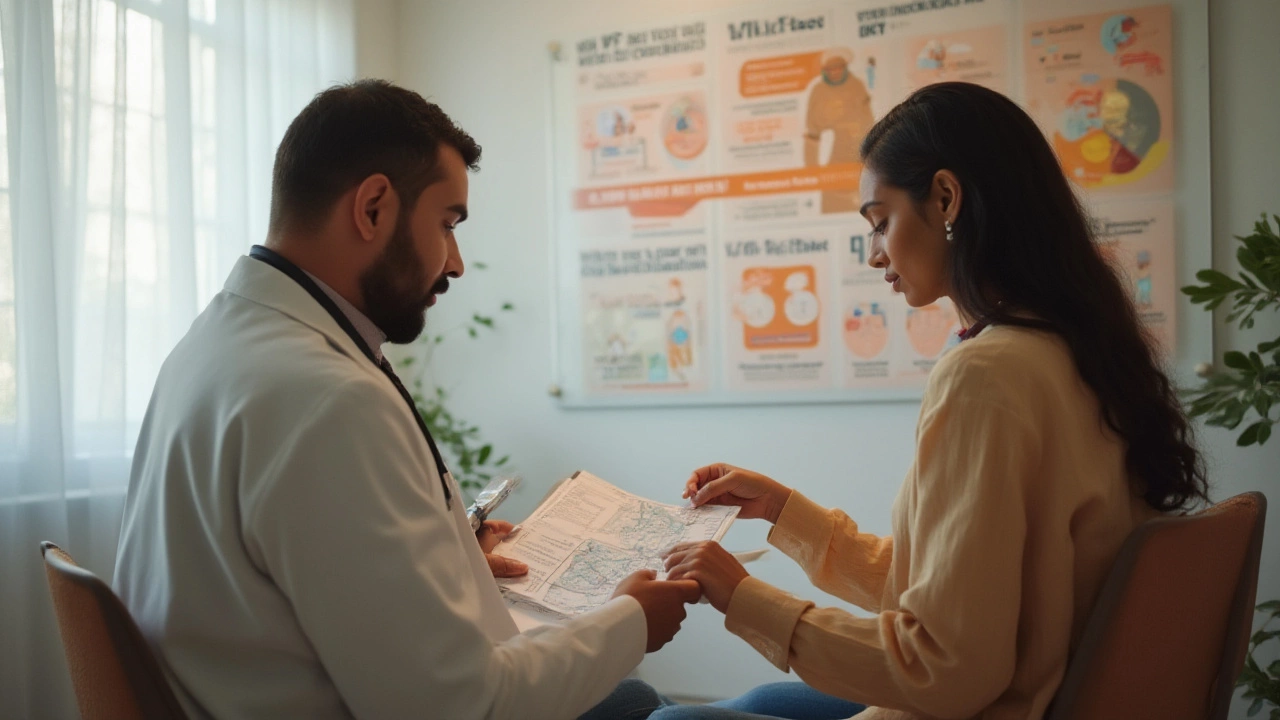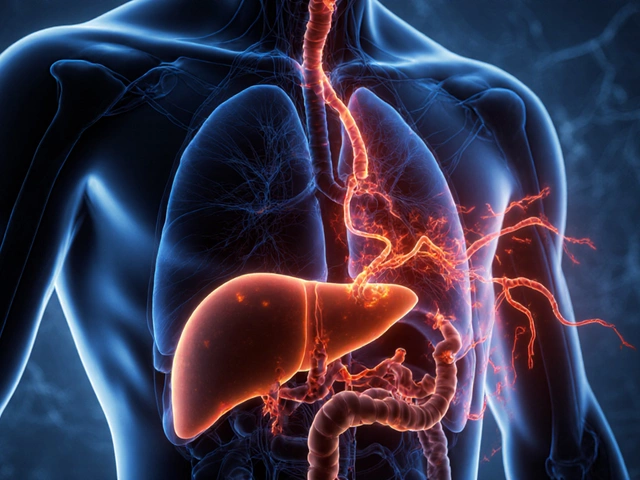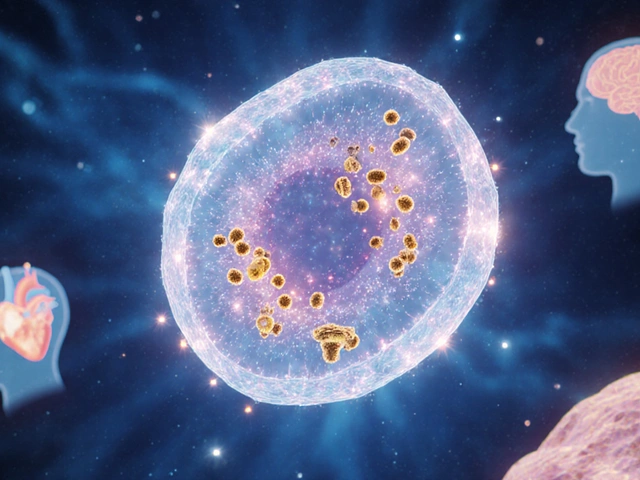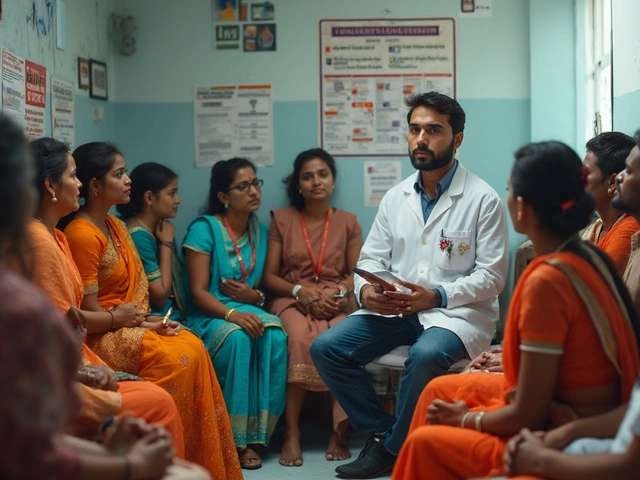If you landed here while searching about IVF, there's a good chance your mind is buzzing with both hope and worry. Maybe you’re picturing a giggling baby in your arms, but there's also that nagging question—just how risky is IVF? I’ve had friends go through it, and in Pune’s crowded clinics you’ll hear a mix of wild optimism and whispered dread. But look, ignoring the risks won’t do anybody any favors. Let’s unpack the toughest risk of IVF, and see why it gets doctors, couples, and even hospital administrators most concerned—and what you can actually do about it.
The Most Serious Risk: Ovarian Hyperstimulation Syndrome (OHSS)
The thing that scares fertility doctors the most is called Ovarian Hyperstimulation Syndrome or OHSS. Imagine your ovaries inflating like balloons when given all those hormone injections—that’s no exaggeration. OHSS can be mild, but in rare cases, it becomes severe enough to put women in the ICU. It happens when the ovaries react wildly to the fertility drugs, pumping out too many eggs and leaking fluid into the belly and chest. Let’s break down what this really means:
First, here are some numbers that might surprise you. According to a 2023 report in 'Human Reproduction', about 3-6% of women undergoing IVF get some form of OHSS. Luckily, only about 1 in 200 IVF cycles result in a severe case. Still, 'rare' doesn't mean 'impossible.' Here in India, the numbers fluctuate, especially since younger women, and those with polycystic ovary syndrome (PCOS), are at greater risk. For example, a 2022 Mumbai clinic study found that women under 30 with PCOS had nearly triple the usual risk for moderate-to-severe OHSS compared to older women without the condition.
Symptoms can sneak up fast. Mild OHSS causes bloating and discomfort, sometimes feeling like you ate too many samosas in a row. But with a moderate or severe case, we’re talking rapid weight gain, extreme pain, breathing difficulty, vomiting, and even blood clots. If untreated, OHSS can mess with your liver, kidneys, and lungs—seriously bad stuff. In rare cases (years ago, especially when protocols were different), there have even been deaths, though these are now extremely rare in good clinics.
Why does this happen? The medications in IVF—typically gonadotropins—push your ovaries into overdrive. Instead of the one egg you release in a natural cycle, you might produce a dozen or even two. The same hormones that coax out all those eggs also make blood vessels leak fluid. Older protocols just cranked up the drugs until they got a result, but newer clinics are much more sophisticated, using software and blood tests to track your response. In fact, clinics now often use a hormone called GnRH agonist to 'trigger' the final egg maturation if they sense you're at risk, which cuts the chance of severe OHSS significantly. But, let’s be honest: even all these precautions can’t drop the risk to zero.
So, what can you actually do about it? First, talk openly with your doctor. If you’re young, have a high AMH, or have PCOS, ask about your risk upfront. Insist on careful monitoring and ultrasound checks. Keep track of your symptoms between appointments: sudden weight gain or severe bloating is never normal. If something feels off, call your clinic or hospital, even if it’s the middle of the night. Some clinics now offer 'freeze-all' strategies, where they collect your eggs and freeze the resulting embryos rather than do an immediate transfer, letting you recover and avoid OHSS worsening with pregnancy hormones. This approach is catching on fast because it genuinely saves lives.
Here’s a quick table with the common symptoms and their frequency:
| Symptom | How Common? | When to Worry |
|---|---|---|
| Bloating | 3 in 10 women | If severe or increases rapidly |
| Abdominal pain | 1 in 10 women | If sharp or constant |
| Rapid weight gain | 1 in 20 women | If >2-3 kg in 2 days |
| Shortness of breath | 1 in 100 women | Immediate medical attention |
| Blood clots | Rare | Leg swelling/pain, severe headache |
Spotting these symptoms fast means you’re way more likely to recover quickly and avoid complications.

Other IVF Risks Worth Knowing
Ovarian stimulation isn’t the only danger zone in IVF. Some folks worry way more about what could go wrong after the embryos are placed, or about the way hormones play with the body’s natural systems. There are some lesser-known but serious risks you shouldn’t just brush aside.
Egg retrieval—the part where the doctor uses a needle (guided by ultrasound) through the vaginal wall to suck out the eggs—sounds scarier than it usually is, but it comes with its own set of hazards. There’s bruising, sure, but also a tiny risk of infection, bleeding, or damage to organs like the bladder or bowel. The risk of serious injury is low (less than 0.1% according to most reputable fertility registries), but if you start feeling feverish or see weird discharge or blood, don’t just wait it out—get checked ASAP. Good clinics will have strict protocols to limit these complications, including using antibiotics and real-time imaging.
Then there are the emotional and psychological risks. No one tells you how much IVF can leave you on an emotional rollercoaster. The stress of injections, waiting for results, and the heavy financial lift can mess with even the strongest relationships and mental health. In a 2024 survey from Bangalore, more than 45% of couples said IVF put a strain on their marriages, and nearly half needed mental health support at some point during treatment. That's why support groups, counseling, and leaning on family and friends isn’t just a nice-to-have—it’s often vital. If you ever feel isolated or blue, say something. You’re not alone.
Here’s something that pops up in every clinic conversation: what about birth defects or cancer? For a while, rumors circulated that IVF increases the chance for birth anomalies or future cancer in babies or mothers. The best studies, including a giant one from Denmark with over 100,000 IVF births, found only a tiny bump in risk for rare birth defects, and no overall increased cancer risk. For most healthy babies born after IVF, life turns out totally normal. That said, the risk of twins and triplets is higher—multiples are linked to early births, small size, and other health issues. Today, clinics mostly transfer just one embryo at a time (“single embryo transfer”), which has dramatically cut the risk of multiples and related complications.
Here’s a little-known fact I wish more people were told: the medications used in IVF can trigger existing chronic diseases to flare, especially in women with thyroid disorders, clotting problems, or autoimmune diseases. That’s why most clinics will make you check in with your regular doctor, not just the fertility specialist, before starting.
Last, let’s talk money. Not exactly a medical risk, but running out of funds mid-treatment adds a layer of emotional suffering nobody needs. IVF doesn’t just cost a bomb (in India, each cycle can run anywhere from ₹1.5 lakh to ₹3 lakh) but it also tempts couples into chasing “just one more try” over and over. Having a clear budget and plan—with some buffer—is key. Don’t let clinics lure you into extra cycles or add-ons that lack evidence. Ask if there’s any way to get a refund or free cycle in case things go pear-shaped, and always get costs in writing before you start.
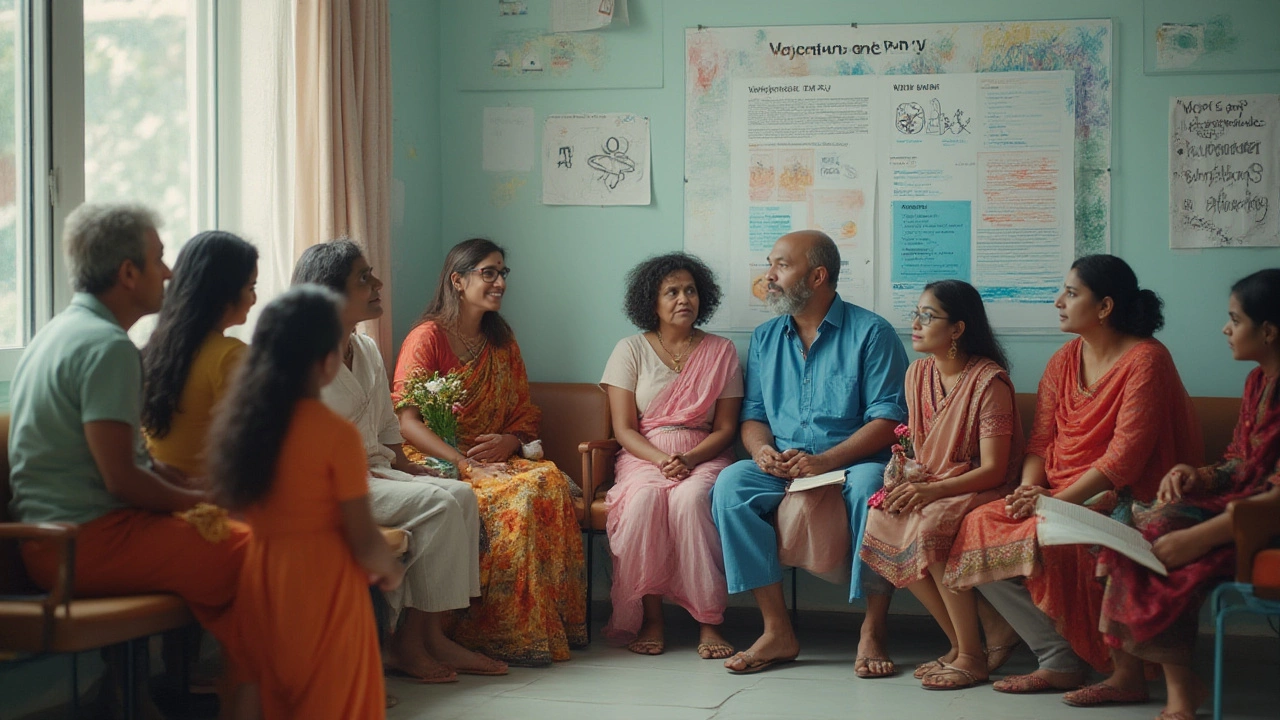
Tips to Reduce IVF Risks and Boost Safety
All these risks can sound downright chilling, but the truth is, IVF is safer today than it has ever been. Here’s what any couple (or single parent or LGBTQ+ family) considering the process needs to know to play it safe and smart:
- Choose the right clinic. Go with a place that’s transparent, uses updated protocols, welcomes your questions, and isn’t afraid to say ‘no’ if you’re not the right fit. Bigger isn’t always better, but clinics with experienced doctors and full-time embryologists have the edge.
- Push for individualized treatment. There’s no such thing as ‘standard’ IVF—your response, your hormones, and your risks are unique. Insist on regular bloodwork, monitoring, and protocol adjustments tailored just for you.
- Stay on top of your health. If you have an underlying health condition—diabetes, thyroid issues, or heart concerns—make sure these are controlled before starting. Skip fad diets and focus on balanced nutrition, gentle exercise, and stress management all through your cycle.
- Don’t ignore symptoms. If you gain more than 2 kg in a couple of days, can’t take a deep breath, or feel excruciating pain, get medical help—don’t tough it out. OHSS is one risk where sooner treatment makes all the difference.
- Plan for mental health. Counseling isn’t a sign of failure—it’s a tool. Book yourself a few sessions, even if you think you’re “fine.” Having someone outside the family or clinic to vent to is a lifesaver.
- Budget realistically. IVF success isn’t guaranteed on the first shot. Plan for two or three cycles, factoring in time off work, travel, and medicine costs. If you have insurance, ask whether infertility covers any part of the cycle (in India, it’s rare but worth a shot).
- Consider single embryo transfer. Don’t fall for the old school push to transfer multiple embryos in hopes of ‘higher odds.’ One is usually safer, and if it doesn’t take, you’ll have frozen embryos for future tries.
- Don’t skip the little stuff. Hydrate well, get plenty of sleep, take your prescribed meds exactly as instructed, and avoid unproven add-ons or alternative therapies unless your doctor’s on board.
Your doctor should discuss your personal risk factors, and if you’re not satisfied with their answer, look elsewhere. Good clinics won’t just chase numbers—they want healthy patients, not just higher success rates. The emotional journey is as real as the medical one, so give yourself plenty of grace and surround yourself with a support crew of family, friends, or even your feisty cat (like Bella, who always senses when something's up at home).
Yes, IVF comes with risks, and the biggest one—OHSS—is now better understood and much less common thanks to smart tech and careful doctors. But the rollercoaster can still get wild. Make sure you’re along for the ride with eyes wide open, armed with knowledge and backup plans. Ask questions, speak up at every step, and keep your support system close. IVF isn’t a walk in the park, but with the right care, you’re giving yourself the best shot possible.
